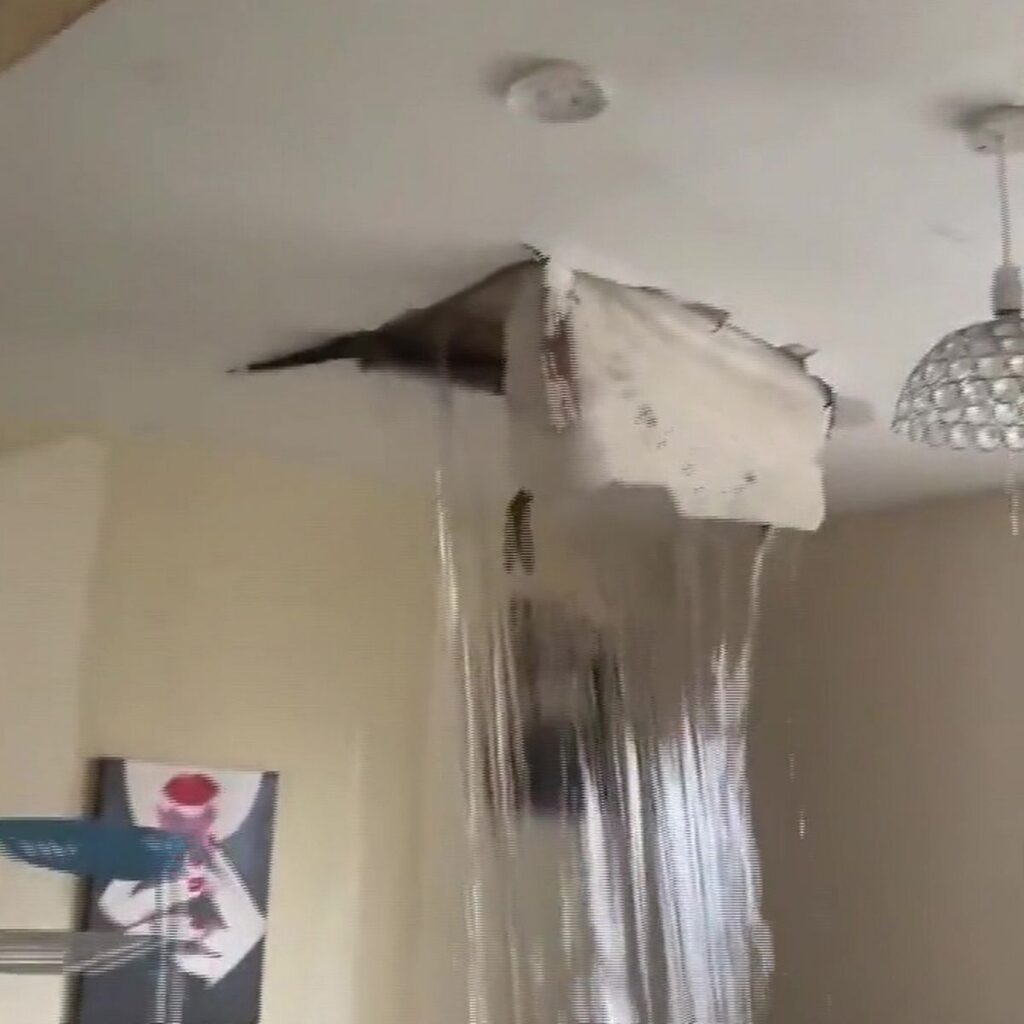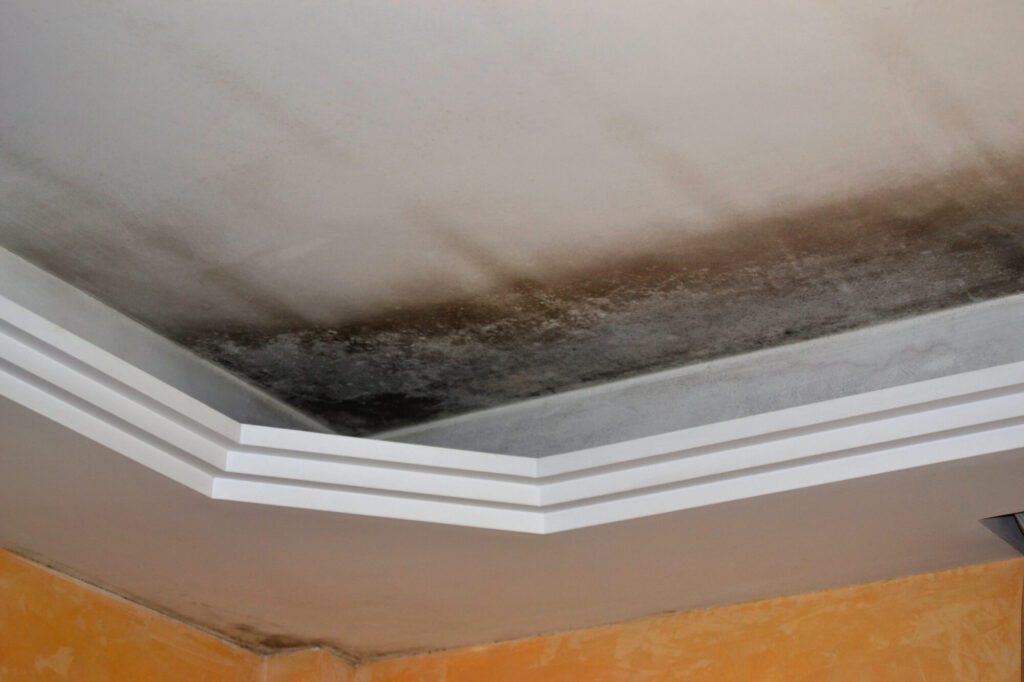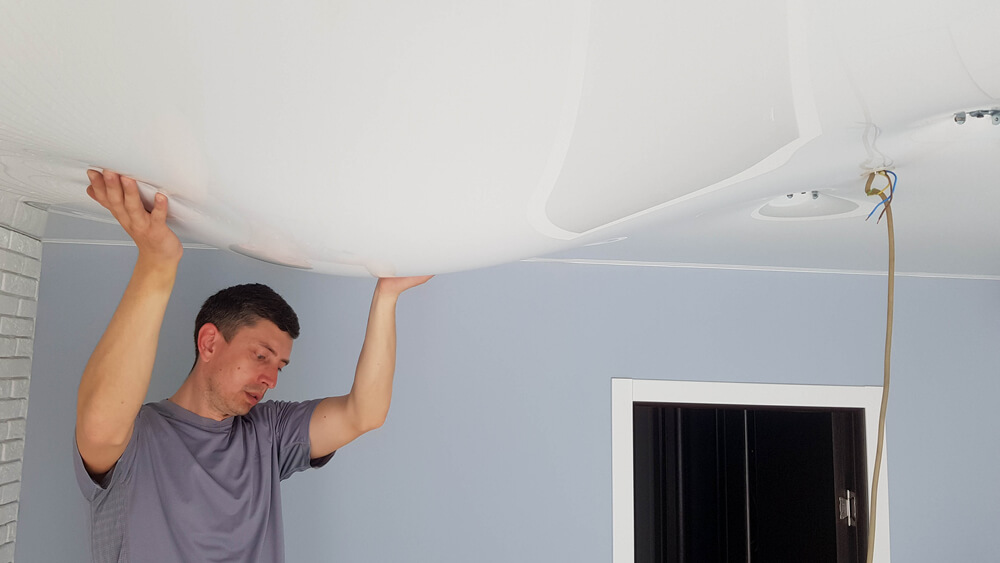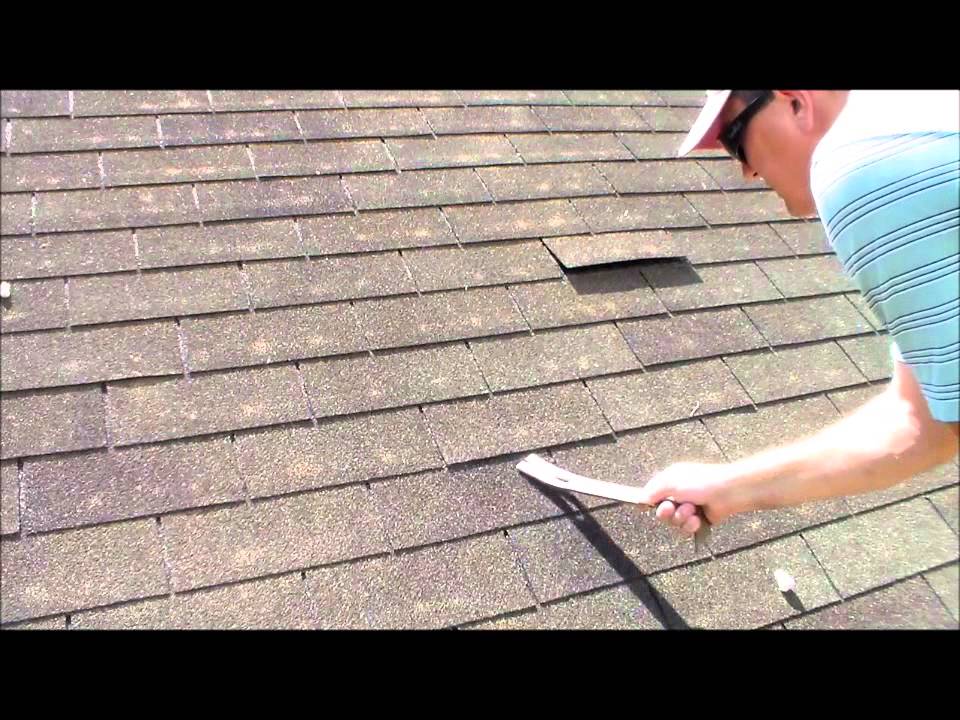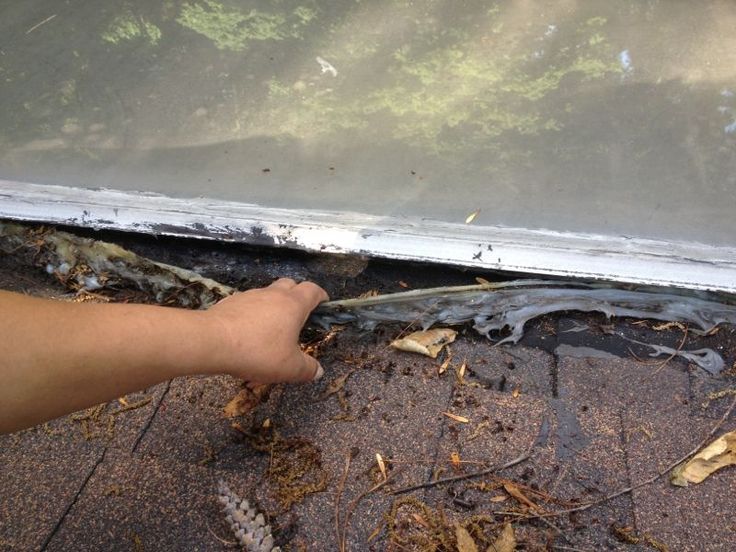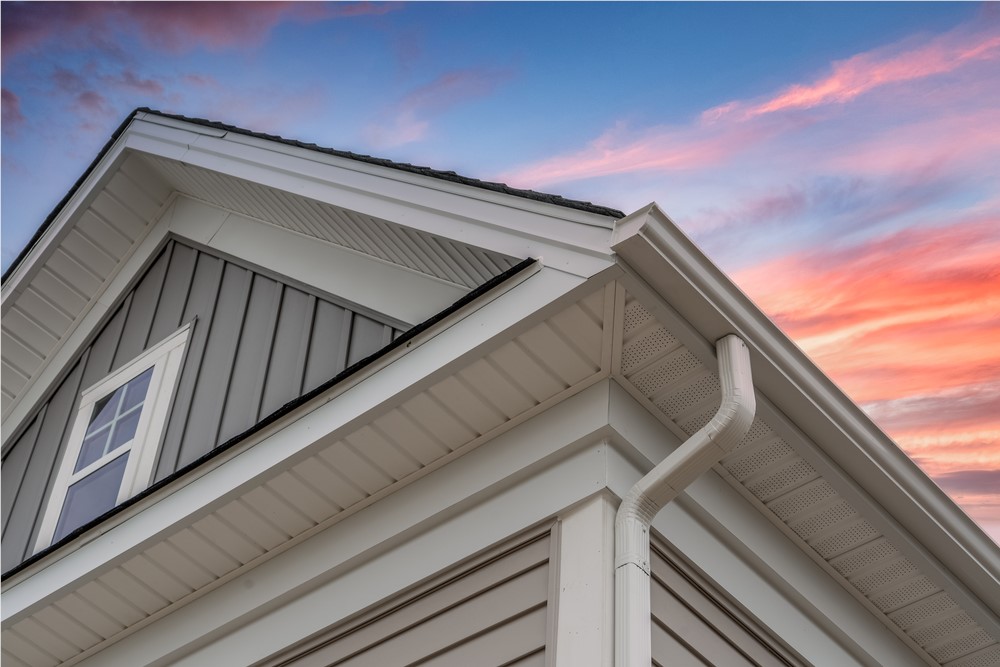When heavy rain pours and your roof starts to leak, it can be a frustrating and worrisome situation. However, there are a few simple steps you can take to minimize the damage and prevent further leakage. By identifying the source of the leak, using temporary fixes, and seeking professional assistance, you can quickly and effectively put an end to that pesky dripping and ensure your home stays dry and protected. So, let’s explore some useful tips on how to stop a leaking roof during heavy rain!


Identify the source of the leak
Check the attic
When dealing with a leaking roof, the first step is to identify the source of the leak. One of the most effective ways to do this is by checking the attic. Grab a flashlight and carefully make your way up to the attic. Look for any signs of water stains, dampness, or active dripping. Follow the trail of water to locate the general area where the leak is originating from. Taking note of the location will help you in the next steps of addressing the issue with your leaking roof.
Inspect the roof exterior
Once you’ve identified the general area of the leak from the attic, it’s time to head outside and inspect the roof exterior. Use a ladder to safely access the roof. Take a close look at the roofing material, paying attention to any visible damage such as missing or cracked shingles, damaged flashing, or clogged gutters. By thoroughly examining the roof exterior, you’ll be able to better understand the specific areas that require attention during the repair process.
Examine the ceilings and walls
Another way to identify the source of a leaking roof is by examining the ceilings and walls inside your home. Look for any signs of water stains, discoloration, peeling paint, or bulging patches. These are often indicators of water infiltration from a roof leak. Pay close attention to areas where the ceiling slopes or angles, as leaks tend to accumulate and drip in these areas. By examining the ceilings and walls, you’ll gain additional insight into the extent of the damage and where to focus your repair efforts.
Take immediate actions
Clear the area below the leak
When dealing with a leaking roof, it’s crucial to take immediate actions to prevent further damage. Start by clearing the area below the leak. Move any furniture, electronics, or valuable items away from the affected area. By doing so, you’ll minimize the risk of water damage and potential electrical hazards. Preventing further damage is necessary before moving on to the repair process.
Place containers to collect water
To prevent water from saturating your floors or causing additional damage, place containers strategically below the leak to collect the dripping water. Using buckets, pans, or any other watertight containers, position them in a way that efficiently catches the water droplets. Regularly check the containers and empty them as needed to prevent overflow. This simple step can help minimize the damage caused by a leaking roof.
Cover valuable items
If you have any precious or fragile items near the leaking area, it’s essential to protect them from water damage. Cover these items with plastic sheets, tarps, or even trash bags to create a barrier between the leaking water and your valuables. Secure the coverings with tape or other fasteners to ensure they stay in place. By taking this precautionary measure, you’ll safeguard your belongings until the roof is repaired.
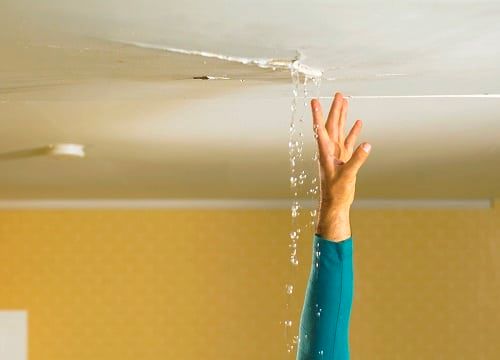

Temporary fixes
Use roofing cement or sealant
If you’re dealing with a minor roof leak and want to apply a temporary fix, roofing cement or sealant can be an effective solution. Using a trowel or putty knife, carefully apply the roofing cement or sealant to the damaged area of the roof. Ensure that the surface is clean and dry before applying the product. Smooth it out evenly and allow it to dry according to the manufacturer’s instructions. Keep in mind that while this is a temporary fix, it should only be considered as a temporary solution until a professional can assess and repair the roof properly.
Apply roofing tape
Another temporary fix option for a leaking roof is to apply roofing tape. Roofing tape is a self-adhesive, waterproof material that can provide a quick and effective temporary solution. Clean the area around the leak, ensuring it is dry and free from any debris. Cut the roofing tape to the appropriate length, peel off the backing, and carefully apply it to the damaged area. Press down firmly to create a secure bond. Roofing tape can be a convenient and affordable option to temporarily stop a leak until a more permanent repair can be made.
Use a tarp or plastic sheeting
In cases where the roof leak is more severe or during heavy rain, using a tarp or plastic sheeting can help prevent further water damage. Measure the affected area and cut the tarp or plastic sheeting to the appropriate size, ensuring there is enough material to cover the leak and extend beyond its edges. Secure the tarp or plastic sheeting to the roof using nails or heavy-duty clips, making sure it is tightly stretched and properly anchored. This temporary solution will provide a protective barrier against the elements until a professional can assess and repair the roof.
Call a professional roofer
Research reputable roofing companies
Although temporary fixes can provide some relief, it is crucial to contact a professional roofer for a comprehensive assessment and proper repair of your leaking roof. Take the time to research reputable roofing companies in your area. Read reviews, check ratings, and ask for recommendations from trusted friends, family, or neighbors. A reliable and experienced roofing professional will ensure the leak is properly addressed, preventing any potential long-term damage to your home.
Obtain quotes for repair
Once you have a list of potential roofing companies, reach out to them to obtain quotes for the repair. Explain your situation, provide any relevant details about the leak, and schedule a time for the roofing professionals to assess the damage in person. During this evaluation, the roofer will identify the root cause of the leak and determine the most appropriate repair solution.
Schedule an appointment for evaluation
Based on the quotes and evaluations you receive, choose a reputable roofing company and schedule an appointment for the repair. Coordinate a time that works best for both you and the roofing professional. During the repair process, it is vital to communicate any specific concerns or requirements you may have. By working together, you can achieve a successful and long-lasting repair that will restore the integrity of your roof.


Preventive measures
Regular roof maintenance
Preventing future roof leaks starts with regular roof maintenance. Schedule regular inspections with a professional roofer to assess the condition of your roof, identify potential issues, and address them before they become major problems. Regular maintenance can help identify and fix any minor roofing issues, such as loose or damaged shingles, worn-out flashing, or clogged gutters, before they escalate into more significant leaks.
Ensure proper insulation
Proper insulation in your home can help prevent roof leaks caused by ice dams and condensation. Make sure your attic has sufficient insulation to keep warm air from escaping into the roof, which can lead to the formation of ice dams during cold weather. Additionally, proper insulation will help regulate the temperature and humidity levels inside your home, reducing the risk of condensation buildup that can contribute to roof leaks.
Install gutter guards
Clogged gutters can cause water to accumulate on your roof, leading to leaks and potential water damage. Installing gutter guards, which act as a barrier to debris while allowing water to flow freely, can prevent clogs and ensure proper drainage. Gutter guards are designed to keep leaves, twigs, and other debris out of the gutters, reducing the need for frequent cleaning and minimizing the risk of water overflowing onto your roof.
Repair or replace damaged shingles
Inspect for cracked or missing shingles
Damaged shingles are a common source of roof leaks. Inspect your roof regularly for cracked or missing shingles. Look for signs of curling, blistering, or dislodged shingles as well. These damaged shingles can allow water to seep underneath, leading to leaks. Identifying and addressing damaged shingles promptly is crucial to prevent further damage to your roof and home.
Replace damaged shingles
If you find cracked, missing, or severely damaged shingles during your inspection, it’s important to replace them as soon as possible. Carefully remove the damaged shingle by lifting the edges and using a pry bar to loosen the nails. Slide the new shingle into place, aligning it with the existing shingles on the roof. Secure the new shingle with roofing nails, making sure it lies flat and level with the surrounding shingles. Regularly inspect and replace damaged shingles to maintain the integrity of your roof.
Consider using sealant
In addition to replacing damaged shingles, applying a layer of sealant can provide extra protection against future leaks. After replacing the damaged shingle, carefully apply a thin layer of roofing sealant around the edges to ensure a watertight seal. This will add an extra layer of defense against water infiltration, helping to prolong the life of your roof and prevent future leaks.
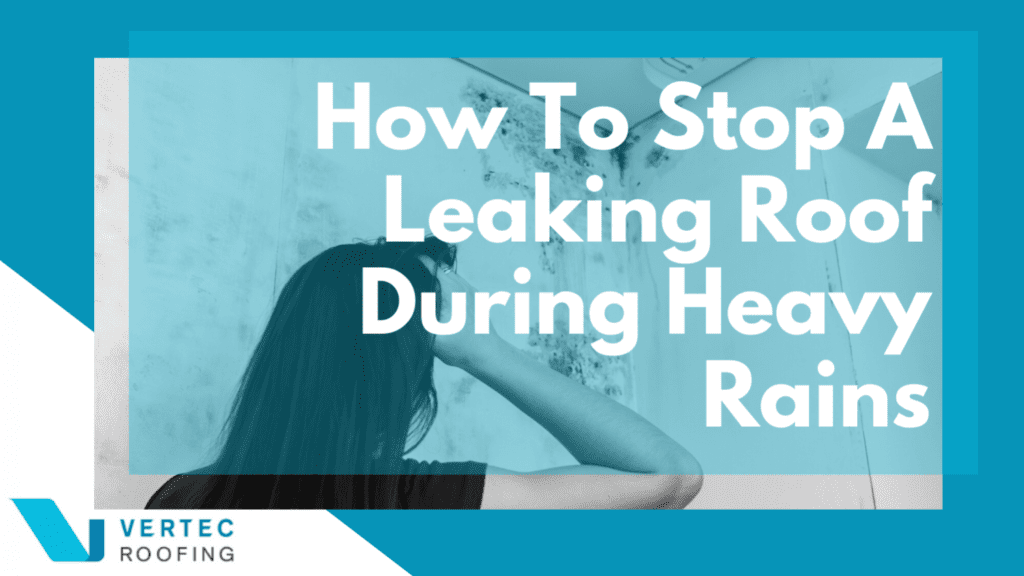

Repair flashing and vents
Check for damaged flashing
Flashing is the material used to seal joints and transitions on the roof, such as where the roof meets a wall or chimney. Over time, flashing can become damaged or deteriorate, leading to leaks. Regularly check the roof’s flashing for any signs of rust, cracks, or separation. Damaged flashing requires prompt repair or replacement to prevent water from seeping into your home.
Repair or replace broken flashing
If you notice damaged flashing during your inspection, it’s essential to repair or replace it promptly. Start by removing the old flashing using a pry bar or a suitable tool. Clean the area thoroughly and ensure it is free from debris, dirt, or old sealant. Apply a new layer of roofing sealant and carefully install the new flashing, securing it in place with roofing nails or screws. Properly installed and sealed flashing will help prevent leaks and maintain the integrity of your roof.
Clear out debris from vents
Blocked or clogged vents can contribute to roof leaks by disrupting the flow of air and promoting moisture buildup. Regularly clear out any debris, such as leaves or nests, from your roof vents. Ensure that the vents remain unobstructed and allow for proper ventilation. By maintaining clean and clear vents, you’ll reduce the risk of excess moisture, condensation, and subsequent roof leaks.
Address gutter issues
Clean clogged gutters
Clogged gutters can impede the proper flow of water off your roof, causing it to back up and potentially lead to leaks. Regularly clean out your gutters to remove leaves, twigs, and other debris that may accumulate over time. Use a ladder, gloves, and a scoop or trowel to carefully remove the debris. Once the gutters are clear, flush them with water to ensure they are free from any remaining blockages. Regular gutter cleaning will help maintain proper water drainage and prevent roof leaks.
Repair loose or disconnected gutters
Loose or disconnected gutters can create gaps where water can seep through and cause leaks. During your roof inspection, check for any loose or disconnected sections of guttering. Reattach or secure any loose gutters using appropriate fasteners. It’s important to ensure that the gutters are tightly secured and properly aligned to facilitate the efficient flow of water away from your roof and foundation.
Ensure proper downspout extensions
Downspout extensions play a crucial role in guiding water away from your roof and foundation. Check that your downspouts are properly extended to direct water at least three feet away from your home’s foundation. This will prevent water from pooling near the base of your home, reducing the risk of leaks and foundation damage. Adjust or install downspout extensions as necessary to ensure the proper drainage of water from your roof.
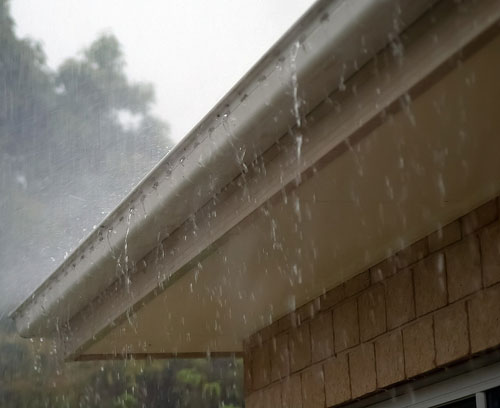

Check for attic ventilation problems
Inspect attic insulation
A properly ventilated attic is vital in preventing roof leaks caused by temperature imbalances and condensation. Inspect your attic insulation to ensure it is evenly distributed and not blocking any vents. Check that there is sufficient insulation to maintain the desired temperature and prevent warm air from escaping into the roof. Proper insulation will help regulate attic temperature, minimizing the risk of condensation and subsequent roof leaks.
Ensure proper ventilation
In addition to insulation, proper attic ventilation is crucial in preventing roof leaks. Check that your attic has sufficient ventilation, allowing for the exchange of air and moisture. Inadequate ventilation can lead to excessive heat buildup, condensation, and moisture-related issues that can compromise the integrity of your roof. Consult with a professional roofer to determine if additional ventilation measures, such as roof vents or fans, are necessary to improve attic ventilation and prevent future leaks.
Consider installing roof vents or fans
If your attic suffers from poor ventilation, installing roof vents or fans can help improve airflow and regulate temperature. Roof vents allow hot air to escape, reducing the risk of condensation and roof leaks. Attic fans can actively circulate the air, ensuring proper ventilation and preventing the buildup of moisture. Consult with a professional to determine the most suitable ventilation solution for your specific attic and roofing system.
Consider roof replacement
Evaluate the age and condition of the roof
In some cases, a leaking roof may signify that it’s time for a roof replacement rather than a mere repair. Consider the age and condition of your roof when making this decision. If your roof is older, nearing the end of its lifespan, or showing significant signs of wear and tear, opting for a replacement may be more cost-effective in the long run. Consult with a professional roofer to assess the overall condition of your roof and determine the best course of action.
Consult with a professional to determine if replacement is necessary
The decision to replace your roof should not be taken lightly. Consult with a professional roofer who can provide an expert opinion on whether a replacement is necessary. They will carefully assess the extent of the damage, the overall condition of your roof, and consider other factors such as the climate and long-term durability. With their expertise, you can make an informed decision about whether repairing or replacing your roof is the most suitable option.
Research roofing materials and costs
If a roof replacement is recommended, take the time to research different roofing materials and their associated costs. There is a wide variety of roofing options available, including asphalt shingles, metal, tile, or slate. Each material has its own advantages and considerations in terms of durability, aesthetics, and cost. Research different options, keeping in mind your home’s architectural style, local climate, and budget. It’s essential to choose a roofing material that aligns with your preferences and offers the best long-term value for your investment.
By following these comprehensive steps, you can effectively identify the source of a leaking roof, take immediate actions to minimize damage, apply temporary fixes if necessary, and ultimately address the root cause of the leak through professional repairs or potentially a roof replacement. Remember, preventative measures such as regular roof maintenance, proper insulation, and addressing gutter issues can help reduce the risk of future leaks. Consult with a professional roofer who can guide you through the process and ensure the long-term integrity of your roof and home.


